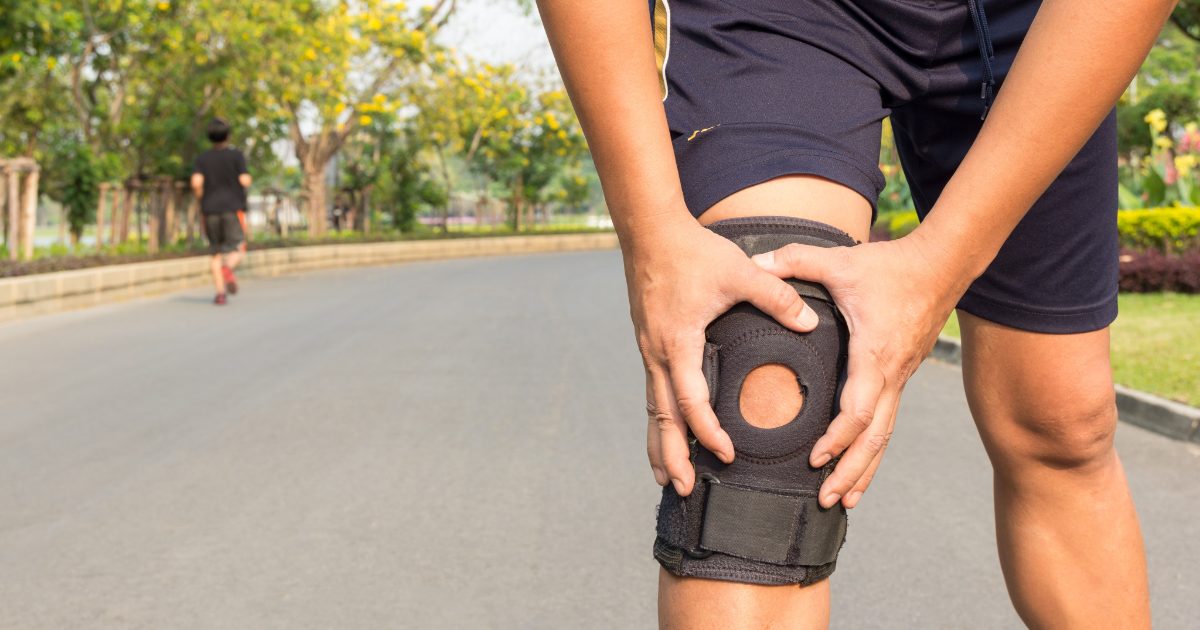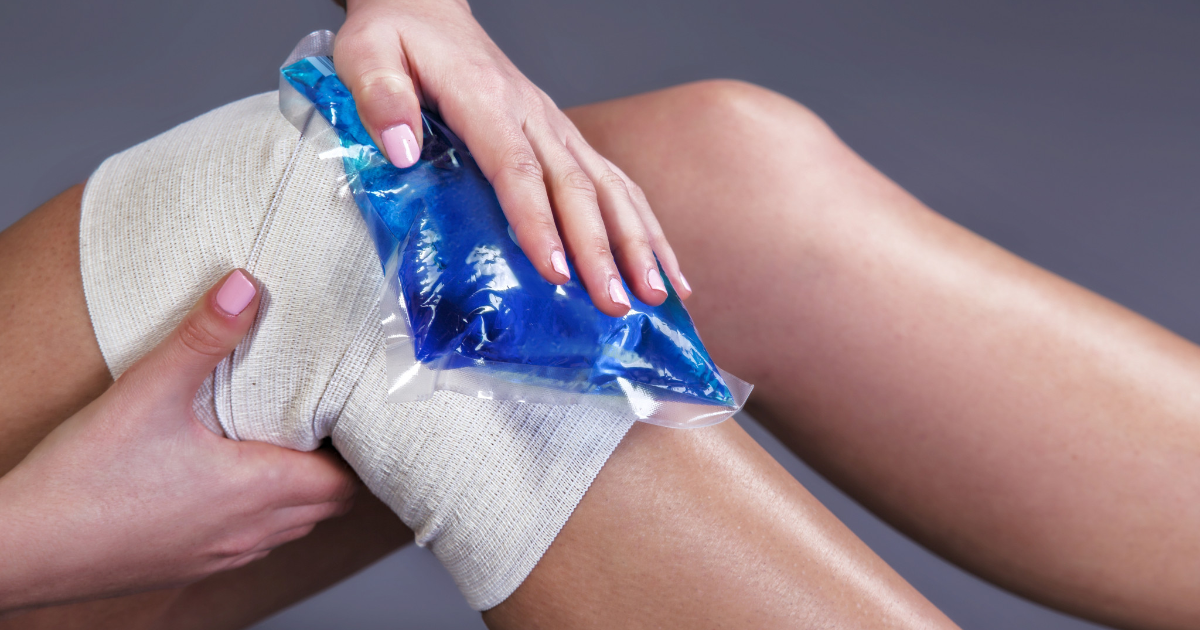How To Treat A Meniscus Tear
A meniscus tear is a knee injury that usually occurs during jarring or rotating movements like a forced twist of the knee or a sudden change of direction while running. The meniscus is the soft cartilage located in the knee joints. This tissue helps stabilize the knee and cushion the area between the thighbone and shinbone. Meniscus tears are common injuries for athletes who play contact sports, but they can happen to anyone during heavy lifting, kneeling, or deep squatting. Individuals over thirty years old and osteoarthritis patients have a higher risk of meniscus tears. Signs of a meniscus tear include pain, swelling, and a popping sensation. Patients should seek immediate medical attention if their knee locks up or if they’re unable to bend it. A meniscus tear can be diagnosed through a physical exam and a variety of imaging tests. Patients can decrease their risk of meniscus tears by doing regular exercises to strengthen leg muscles. Treatment is determined by the type, size, and location of the tear. Get to know the options for treating a meniscus tear now.
Rest And Ice The Knee
Rest and ice the knee after the injury to reduce pain and swelling and promote healing. If the knee is causing pain, patients should rest and limit all activities, including walking. Individuals should also avoid the activity that caused the injury and all movements that could aggravate the damage, such as pivoting, twisting, or rotating the affected knee. If the pain is severe, doctors may recommend crutches. Their use will relieve pressure from the knee by removing any weight bearing on the joint. Applying ice to the knee can also reduce the pain and swelling. Patients should use cold packs or a bag of frozen vegetables instead of applying the ice directly to the skin. Individuals can place ice cubes in a washrag or towel for the same effect. Ice the affected area for about fifteen to thirty minutes every three to four hours for a few days after the injury. Continue this treatment as often as needed until the pain and swelling subside.
Learn more about treating a meniscus tear now.
Wear A Compression Sleeve

Wearing a compression sleeve or brace may help patients stay active while recovering from a meniscus tear by providing some stability, increasing circulation, and preventing hyperextension. Physical therapy is typically recommended for healing after the initial swelling goes away. The exercises are necessary to regain range of motion and strength in the knee and thigh area. Wearing a compression sleeve can help stabilize the joint and prevent patients from overextending the knee and aggravating the injury during physical therapy. Stabilizing the joint can also prevent damage to surrounding muscles or joints that may occur due to them overcompensating for the damaged joint. A compression sleeve increases circulation to the affected area, which hastens recovery by delivering more oxygen and nutrients and reducing soreness in the muscles. A compression sleeve can also relieve pain by reducing the pressure and weight of the area right above the affected meniscus.
Get the details on the next method of treating a meniscus tear now.
